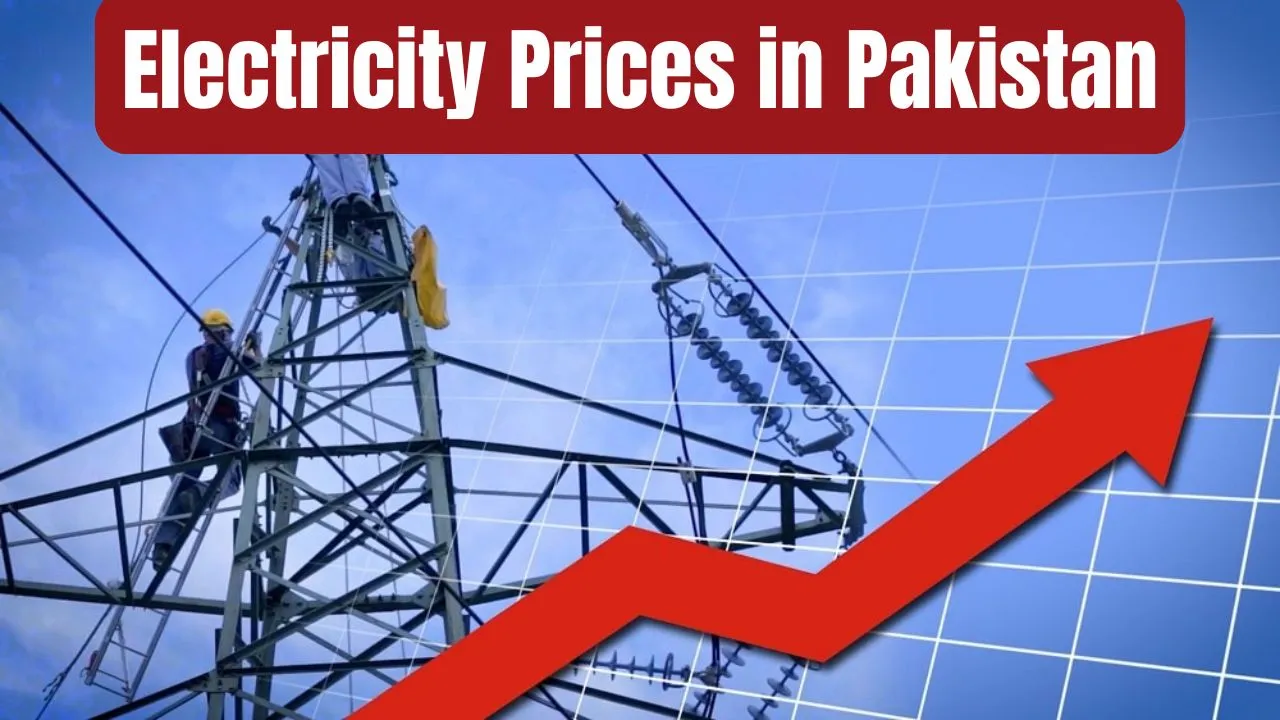Electricity Prices in Pakistan to Rise October 2025 – Rs. 1.98 Per Unit Hike Confirmed

In October 2025, electricity prices in Pakistan are set to rise by Rs. 1.98 per unit, according to the National Electric Power Regulatory Authority (NEPRA). The increase results from the end of last month’s negative FCA relief and the application of a positive FCA for August, which will now be passed on to consumers. For families already struggling with inflation, this change will directly affect their electricity bills, while industries warn of rising production costs.
Why Electricity Prices Are Increasing in October 2025
The main driver of the increase is the Fuel Cost Adjustment (FCA) system. FCAs are applied every month to cover the difference between reference fuel costs and actual generation costs.
- In September 2025, consumers benefited from a negative FCA of Rs. 1.79 per unit, which provided some relief.
- That relief is ending in October.
- A positive FCA of Rs. 0.19 per unit for August has been added instead.
- Combined effect: a net increase of Rs. 1.98 per unit.
This increase will impact most consumers of ex-Wapda distribution companies (Discos) and K-Electric.
Breakdown of FCA Impact
| Category | Amount (Rs. per unit) | Status in October 2025 |
| Negative FCA (July) | -1.79 | Expired, no longer applicable |
| Positive FCA (August) | +0.19 | Applied in October bills |
| Net Effect on Consumers | +1.98 | Increase reflected in bills |
How Much Will Bills Increase?
According to the Central Power Purchasing Agency (CPPA-G), this change will collectively add around Rs. 2.62 billion to consumer bills in October.
For a typical household using 300 units in a month:
- September bill: Lower due to negative FCA.
- October bill: Around Rs. 600 more, just from the FCA adjustment and taxes.
Role of GST and Surcharges
One of the biggest concerns raised in the NEPRA hearing was the layering of taxes and surcharges:
- General Sales Tax (GST) of about Rs. 0.60 per unit.
- A surcharge of Rs. 3.23 per unit, collected to pay back loans worth Rs. 1,225 billion.
- An additional 18% GST on surcharge, accelerating loan repayment.
This means that actual electricity bills are rising not only due to fuel costs but also due to heavy taxation policies.
Taxes and Surcharges on Electricity Bills
| Component | Rate Applied (per unit) | Purpose |
| General Sales Tax (GST) | Rs. 0.60 | Federal revenue collection |
| Surcharge | Rs. 3.23 | Loan repayment to commercial banks |
| GST on Surcharge | 18% | Accelerate loan repayment |
Impact on Domestic Consumers
For domestic users, especially those in the middle and lower-income brackets, the October hike means higher expenses at a time when inflation is already high. Families will need to:
- Limit unnecessary appliance usage.
- Switch to energy-efficient lights and fans.
- Plan peak hour usage to avoid additional charges.
The government has clarified that flood-affected areas will get exemptions, and the cost of those exemptions will be covered by the federal government rather than shifted to other consumers.
Impact on Industrial Consumers
Industrial representatives warned that:
- The end of the prime minister’s relief package has already increased their costs by 10%.
- Tariffs have jumped from Rs. 29 per unit to Rs. 35 per unit.
- This makes exports less competitive and raises the cost of doing business.
They also reminded the government of earlier promises to supply electricity to industry at $0.09 per unit, a rate that seems far from reality today.
Why Generation Costs Increased
According to CPPA-G, the main reason for higher generation costs in August was:
- Reduced hydropower share due to lower water releases from dams (down to 38.8% instead of the expected 40.9%).
- Increased reliance on expensive imported coal and RLNG to meet demand.
This dependency on costly imported fuel sources makes electricity prices volatile, especially during months when hydropower supply is low.
Frequently Asked Questions
Q1: By how much are electricity prices increasing in October 2025?
By Rs. 1.98 per unit, due to fuel cost adjustment changes.
Q2: Why are bills higher despite relief last month?
The negative FCA expired, and a new positive FCA is applied.
Q3: Who will be affected by this increase?
Most Discos and K-Electric consumers across Pakistan.
Q4: What about flood-affected areas?
They will be exempted, with the federal government covering costs.
Q5: Why is hydropower generation lower?
Lower water releases from dams in August reduced hydropower share, increasing reliance on imported fuels.














